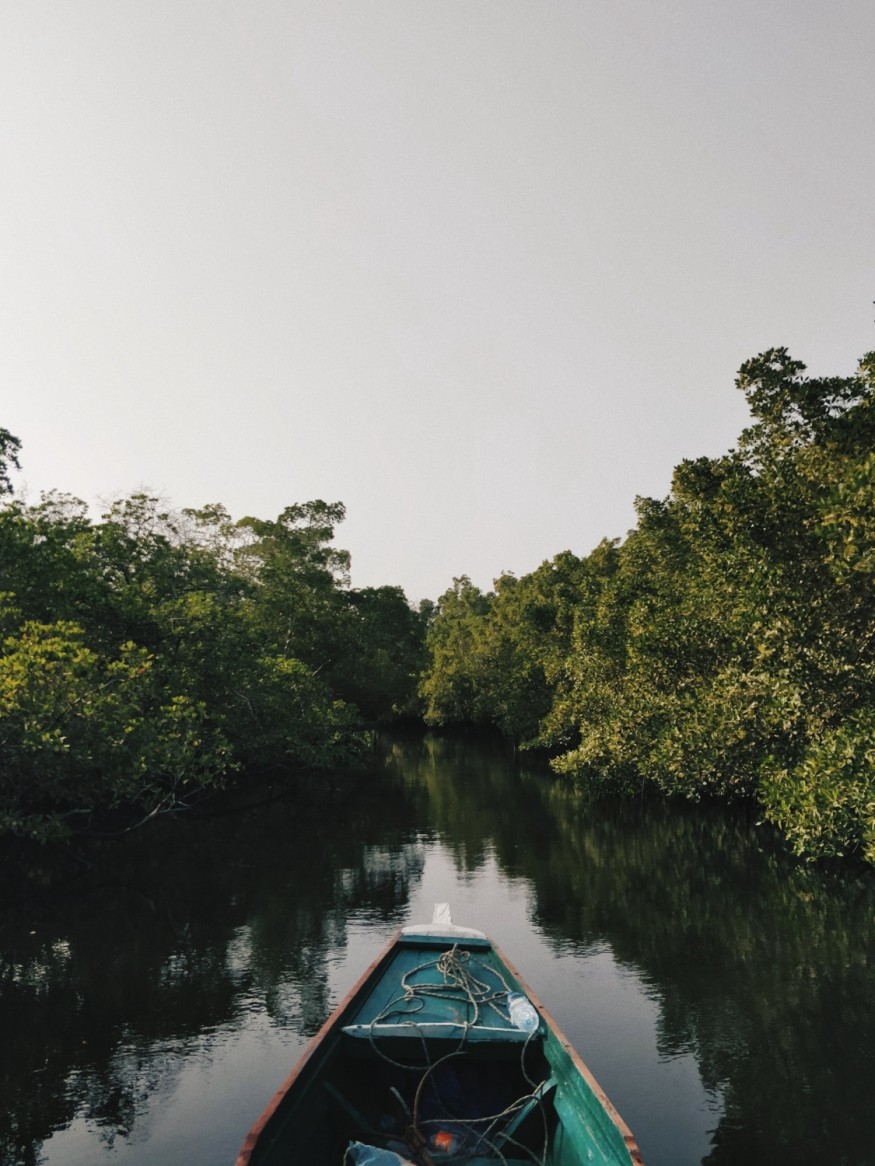A new study reveals that restoring coastal vegetation, also known as the blue carbon habitats, might not be the nature-based climate solution. The researchers challenge the widely held belief that restoring areas such as mangroves, saltmarsh, and seagrass can remove significant amounts of carbon dioxide (CO2) from the atmosphere.

Researchers' Observation of Blue Carbon Habitats
Researchers from the University of East Anglia, the French Centre National de la Recherche Scientifique, and the Prince Albert II of Monaco Foundation revealed in their study published in the journal Frontiers in Climate the reasons why carbon accounting for coastal ecosystems is not only difficult but also risky.
The factors include high variability in carbon burial rates, sensitivity to future climate change, and methane and nitrous oxide fluxes. The scientists also looked at restoration costs and warn that more measurements can lower the risks but at a considerably higher cost.
They emphasize that blue carbon habitats should be maintained and regenerated where possible since they promote climate adaptation, coastal protection, food provision, and biodiversity conservation.
Lead author Dr. Phil Williamson, honorary reader in UEA's School of Environmental Sciences, said that they have looked into the processes involved in carbon removal. He added that there are just too many uncertainties. The expected climate benefits from blue carbon ecosystem restoration may be achieved, but it appears more likely that they will fall significantly short.
"If you want more carbon reduction, you need more habitat, and restoration options are limited. However, we feel that every attempt should be taken," he said.
The researchers believe that every effort should be made as the blue carbon habitats are more than just carbon stores. The team explained that the habitats also guard against storms, support biodiversity and fisheries, and improve water quality.
Blue Carbon Habitats Potential
Many recent studies and reviews have found that coastal blue carbon ecosystems have the potential to provide a natural climate solution in two ways such as conservation and restoration. Conservation reduces greenhouse gas emissions caused by habitat loss and degradation. On the other hand, restoration increases carbon dioxide drawdown and long-term storage.
The new review focuses on restoration, evaluating the viability of attaining quantifiable and secure negative emissions on carbon removal through coastal vegetation restoration.
The researchers believe the policy issue is more subtle. They said that CO2 removal using coastal blue carbon restoration has questionable cost-effectiveness when considered solely as a climate mitigation action.
When the ecosystems are used for carbon offsets in a significant way, expecting them to remove up to 100 gigatons of CO2 over the period 2025-2100, but they only remove ten or maybe just one gigaton of CO2, Williamson concluded that the climate tipping points could be crossed, with serious consequences.
However, if such ecosystems are restored to safeguard biodiversity, and it is discovered that they also remove several gigatons of CO2, that would be a bonus, providing that other methods of climate mitigation are applied.
He added that the restoration should therefore be done in addition to, not in place of, near-total emission reductions, and comprehensive long-term monitoring of the coastal blue ecosystem restoration projects must be made to ensure that the intended climate benefits are realized.
Check out more news and information on Environment in Science Times.












